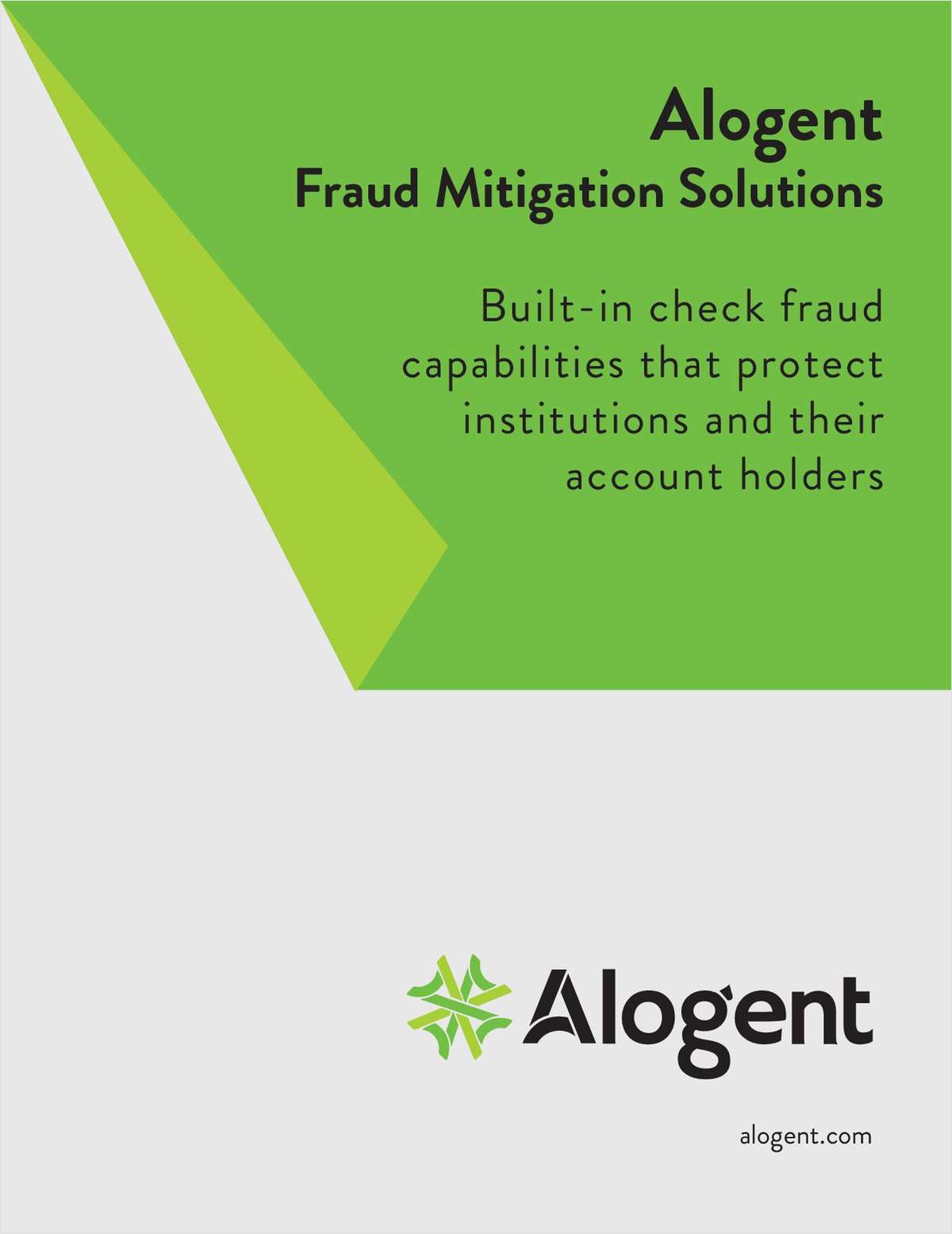With what Labor Secretary Thomas Perez called a keen ear and healthy dose of humility, the Department of Labor finalized a fiduciary rule after making what he called substantial changes to the proposed version.
Never a fan of the suitability standard that has guided the brokerage advisory industry to date, Perez implied the final rule makes good on his commitment to slow down the rulemaking process and fully consider stakeholders' concerns, a pledge he made to lawmakers during his confirmation hearings.
For Perez and the DOL, the challenge of writing a rule that would insist on a fiduciary level of care for advisors to most 401(k) plans and all IRA accounts was never about bad people doing bad things,” but rather the heart of the challenge was that advisors have been operating in a structurally flawed system.
“I'm confident the industry will be able to comply, and look forward to constructive engagement going forward,” Perez said.
Here is a look at some of the core changes made in the final rule, made after the DOL considered more than 3,000 comment letters and more than 100 meetings with stakeholders.
 1. Implementation Date
1. Implementation Date
The final rule extends the eight-month implementation date first proposed and gives advisory firms more time to fully comply by phasing in compliance requirements.
In April 2017, the rule's broader fiduciary definition will take effect, but firms will only be required to comply with limited conditions of the Best Interest Contract Exemption by then, including acknowledging their fiduciary status and disclosing conflicts of interest.
Then, firms will have until Jan. 1, 2018 to fulfill the remainder of the BIC exemption's requirements, according to a White House and DOL fact sheet.
 2. Clarifying What Constitutes Investment Advice
2. Clarifying What Constitutes Investment Advice
Numerous stakeholders raised concerns throughout the rulemaking process that the proposed rule would greatly restrict providers' education efforts by making the distribution of basic information a fiduciary act.
The final rule defines various education activities that fall short of “fiduciary conduct,” according to the DOL.
Fiduciary investment advice will not include “communications that a reasonable person would not view as an investment recommendation.”
That includes general newsletter, media appearances, research reports and general marketing materials.
 3. Best Interest Contract Exemption
3. Best Interest Contract Exemption
The most controversial provision of the proposal, in the eyes of many stakeholders, has been streamlined, according to Labor Sec. Thomas Perez.
Providers of proprietary products, which Perez said “have an important place in the marketplace,” will be able to use the BIC exemption on the products they recommend, so long as the recommendations are in investors' best interest.
“Best interest does not mean the lowest priced product,” Perez told reporters.
 4. Seller's Carve-Out
4. Seller's Carve-Out
The proposed rule said advisors to 401(k) plans with less than 100 participants or $100 million in assets will have operate under the BIC exemption.
The final rule lowers that threshold to $50 million in assets.
 5. Expanded Products
5. Expanded Products
The proposal listed products that could be recommended. The final rule removes that list.
 6. Streamlined BIC Exemption: Lower Compliance Cost, Allow for Commission-Based Products
6. Streamlined BIC Exemption: Lower Compliance Cost, Allow for Commission-Based Products
Sponsors of ERISA plans must acknowledge they and advisors are working as fiduciaries when providing investment advice, but no signed contract will be required of participants.
For IRA accounts, the final rule provides for flexibility on when the BIC contract can be signed. Now, the rule says the contract can be signed at the same time as other opening account documents, and not as soon as a client walks in the door. But advice given before the contract is signed will still be covered by the agreement.
Existing IRA clients will be able to agree with the BIC contract by “negative consent.”
 7. Only One Contract Required Between Firm and Client
7. Only One Contract Required Between Firm and Client
The final rule addressed providers' concerns relative to call centers by only requiring one contract signed between the provider and the client.
In other words, clients won't have to sign a new contract every time they speak with a different adviser at a call center.
 8. Simplified Disclosures
8. Simplified Disclosures
The proposal's requirement to provide one, five and 10-year investment projections has been removed from the final rule.
Transaction disclosures will require firms to explain conflicts of interest. But the annual disclosure requirement in the proposal has also been eliminated.
 9. Streamlined Level Fee Provision
9. Streamlined Level Fee Provision
Advisers charging a “level fee” will not have to enter into the BIC exemption with clients, so long as they document certain recommendations, like rollovers to IRAs, are in a customer's best interest.
 10. Grandfathering Existing Investments
10. Grandfathering Existing Investments
The final rule clarifies that compensation can be received from previously acquired assets, under previous compensation structures.
The provision includes protections for recommendations to hold assets in those investments, but requires that any additional advice on those assets satisfy the rule's best interest standard and reasonable compensation requirements.
Complete your profile to continue reading and get FREE access to CUTimes.com, part of your ALM digital membership.
Your access to unlimited CUTimes.com content isn’t changing.
Once you are an ALM digital member, you’ll receive:
- Breaking credit union news and analysis, on-site and via our newsletters and custom alerts
- Weekly Shared Accounts podcast featuring exclusive interviews with industry leaders
- Educational webcasts, white papers, and ebooks from industry thought leaders
- Critical coverage of the commercial real estate and financial advisory markets on our other ALM sites, GlobeSt.com and ThinkAdvisor.com
Already have an account? Sign In Now
© 2024 ALM Global, LLC, All Rights Reserved. Request academic re-use from www.copyright.com. All other uses, submit a request to [email protected]. For more information visit Asset & Logo Licensing.









